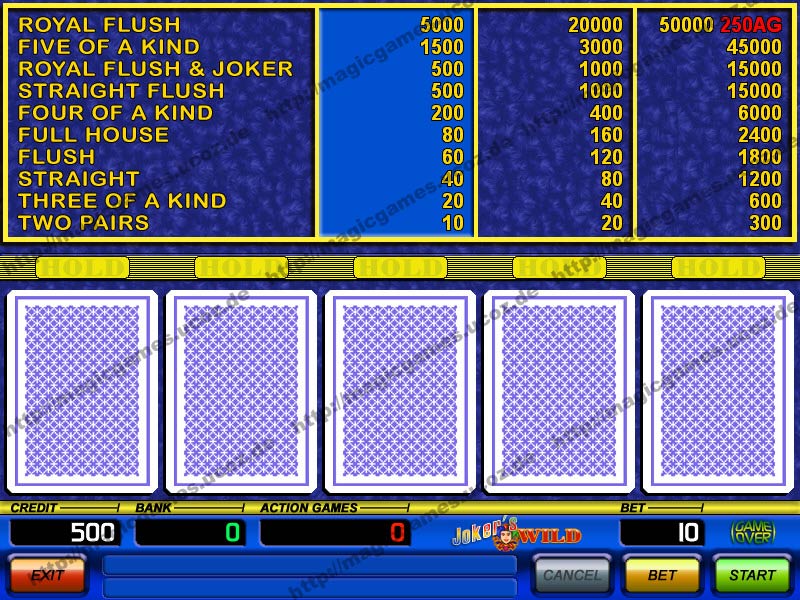
But designers and developers of effective and engaging courses can and should also flex some creative muscle in their courses, whether it’s enhancing the aesthetic appeal of the course (more on that in a bit), infusing the personality and sense of humor of the instructor into the course materials, incorporating fun projects, or any number of other ways to creatively tackle course design problems.

There are things that we know work from a logical and objective viewpoint: learning is enhanced when learners are engaged in solving real world problems, certain forms of effective multimedia promote learning, learning “styles” are a pseudoscience, time on task and scaffolded practice are correlated with learning gains, etc. Online learning isn’t too different in that regard. And players need to leverage creative power in addition to logic to construct a deck whose mechanics work well together to form a coherent strategy these decks can be centered around creative themes (like a deck that features all angels or all spiders). Many cards feature “flavor text,” an italicized addendum to a card’s functional text that contributes to its place in the overall narrative or otherwise gives it some measure of personality. Each Magic card is based on a fantasy storyline unique to the game in which beings who can travel between planes of existence vie for power using spells and creatures (yeah, it’s trippy). Deck building relies heavily on probabilities and statistics to optimize the chances of drawing useful cards throughout the progress of a game.īut the quantitative aspects of Magic represent only one side of the game. Decisions in the game are made based on mathematical determinations of what is most strategically advantageous for each player. In fact, its creator, Richard Garfield, designed the original version of the game while he was a PhD student in combinatorial mathematics at the University of Pennsylvania. Magic, at its core, is a game of logic, procedural decision making, and math. In online learning, advances and innovations in technology and pedagogy change the way education happens. In each new expansion of Magic, new rules and card mechanics are introduced that change the way the game is played.

More recently, adaptive learning technologies are changing the rule that students need to follow the same learning path to reach an educational outcome. Advances in communication technologies and learning management systems disrupted the rule that students couldn’t collaborate, communicate synchronously, or generate their own content. Formal education once had a rule that learning had to take place in a certain space at a certain time distance education broke that rule. The rules are always changing in online learning, too. In fact, the “Golden Rule” of Magic states that “whenever a card’s text directly contradicts rules, the card takes precedence.” Moreover, some creatures have the ability to “reach,” or block creatures that fly, although they don’t fly themselves, overriding the rule about flying. However, creatures that have the ability to fly can’t be blocked by creatures that don’t fly, thus disrupting the basic premise of attack and block. For example, a basic premise of the game is that, each turn, a player’s creatures attack and the defending player’s creatures block. Magic starts with a set of basic rules and game structure, but effects and abilities that specific cards have disrupt the rules and the structure. Given that we all share these two seemingly unrelated interests, it struck me that there might be meaningful parallels between the two worlds - lessons we can learn from the game and apply to our work in creating effective and engaging distance learning experiences. Summoned creatures engage in combat, and the game ends when one player ultimately emerges more powerful. In Magic, players cast spells, represented by cards, that summon creatures, deal damage, restore life, create energy, and otherwise affect the flow of the game. Some of us have resurrected our cards from old storage bins and others are brand new to the game. Written By: Matthew Acevedo, Instructional Design ManagerĪ number of us in the instructional design shop at FIU Online have taken to spending the better part of our lunch break playing Magic: The Gathering, a trading card game that’s been around since the early 90s and continues to grow and evolve.


 0 kommentar(er)
0 kommentar(er)
